Red cabbage has quite a few health benefits, as it is rich in a number of nutrients and vitamins. It strengthens the immune system, reduces the risk of cancer [1], prevents aging, and also promotes weight loss.[2]
Eating red cabbage helps to prevent diabetes [3], eliminate toxic substances from your body, strengthen your skeleton, and improve the cardiovascular system, eyes, and skin condition. In addition, red cabbage reduces the risk of developing Alzheimer’s and helps treat stomach ulcers.
About Red Cabbage

The main difference between red and white cabbage is the bluish-purple color of the leaves due to the high content of anthocyanin, the natural coloring agent also found in blueberries, blackberries, eggplants, and other fruits and vegetables. Anthocyanins play an important role in maintaining human health. Besides, red cabbage does not have early-maturing varieties.
Red Cabbage Nutrition Data
Nutritional value per 100g:
| Calorie | 25 kcal |
| Protein | 1.44 g |
| Fats | 0.27 g |
| Carbohydrates | 5,43 g |
| Fibre | 2,3 g |
| Vitamin C | 31 mg |
| Vitamin B1 | 0.05 mg |
| Vitamin B2 | 0,04 mg |
| Vitamin B3 | 0.3 mg |
| Vitamin B6 | 0.96mg |
| Vitamin B9 | 43 micrograms |
| Vitamin A | 133 IU |
| Vitamin K | 0.11 mg |
| Vitamin B2 | 0,04 mg |
| Vitamin B2 | 0,04 mg |
| Calcium | 47 mg |
| Magnesium | 15 mg |
| Phosphorus | 23 mg |
| Sodium | 18 mg |
| Potassium | 246 mg |
| Iron | 0.6 mg |
| Zinc | 0.18 mg |
| Selenium | 0.9 μg |
The Benefits of Vitamins
- Vitamin C [5], which aids in the immune system’s strength, iron absorption, and capillary strength;
- Vitamin B6 [6] – controls the immune system by providing a response to foreign bodies and is also necessary in the process of activating and arresting the central nervous system. In addition, it is involved in the metabolic process and supports the health of the skin;
- Vitamin K [7] – ensures optimal blood clotting;
- Manganese – actively involved in metabolism, essential in the formation of bone and connective tissue;
- Silicon is the element responsible for stimulating collagen synthesis, essential for the formation and health of hair and nails;
- Potassium is the main element involved in water, electrolyte, and acid balance processes; it optimizes the conduction of nerve impulses and regulates blood pressure.
Health Benefits of Red Cabbage
For women
For women, red cabbage is very useful because, since ancient times, it has been recommended to use its leaves as compresses for benign growths in the breast area. There is also a widespread belief that eating red cabbage contributes to a later onset of menopause [8].
As experts point out, these are not the only beneficial properties of kale for women. This list also includes the use of the vegetable for diseases of the musculoskeletal system, ulcers [9], and burns. If a woman suffers from osteochondrosis, she needs to apply cabbage leaves to the unhealthy vertebrae, pre-lubricated with grated laundry soap. In the case of burns, fresh leaves applied to the sore for the night will help.
For Men
During Pregnancy
Red cabbage also proves to be very beneficial during pregnancy [10]. It can boost the immune system, strengthen the teeth, hair, and skin, so it will help the mother-to-be survive this difficult time for her body without too much loss. In addition, cabbage leaves, as mentioned earlier, are rich in micronutrients. The presence of this vegetable in your diet will allow you to avoid a number of bioactive supplements.
When Breastfeeding
Red cabbage is generally not eaten during breastfeeding as it can provoke an unpleasant reaction in the baby’s immature digestive system. Moreover, an unfamiliar vegetable can provoke allergies, which is also undesirable as it is more difficult to relieve a child than an adult.Cabbage leaves help reduce pain, breast hardness and increase the duration of breastfeeding [11].
For Children
Cabbage is just as good for children as it is for adults, but it should be given with caution at an early age. This is because children’s bodies can hardly digest cabbage, both red and white.
In general, if the child tolerates the vegetable normally, it will not be unnecessary in the diet, as red cabbage is definitely beneficial for the child’s body:
- Makes the immune system stronger and more resilient.
- It helps your baby concentrate better, be more attentive, and generally boost brain function.
- Improves the functioning of muscle tissues.
- Contributes to bone formation.
What Are the Benefits of Red Cabbage?
- It increases immunity and helps to strengthen the organism.
- Red cabbage prevents respiratory system diseases and has a beneficial effect on the cardiovascular system, reducing the risk of vascular and heart disease [12].
- It strengthens the blood vessel walls; they become more elastic.
- The use of the vegetable improves the composition of the blood and reduces the cholesterol level.
- It helps to normalize the blood pressure and is useful for hypertensive patients.
- Regular consumption of red cabbage has a beneficial effect on the thyroid gland.
- Improves bowel [13] motility and relieves constipation.
- Promotes the toxin’s elimination from the organism.
- The vegetable is a good prophylactic and therapeutic agent for liver and kidney diseases.
- It is recommended to supplement the menu with red cabbage for diabetes mellitus patients, as red cabbage helps to normalize the blood sugar level.
- is recommended to people who live in unfavorable environmental conditions as it protects the organism from the effects of radiation.
- Regular consumption of red cabbage reduces [14] the risk of breast cancer and other types of cancer.
- Compresses are used in bruises, inflammation of the joints, and soft tissue treatment.
- Red cabbage is excellent for people who aim to lose weight [15].
Is Red Cabbage Good for Weight Loss

Any balanced diet includes salads, stews, and sauerkraut [17]. The use of this product allows you to avoid a number of dietary supplements. The most useful dish made from cabbage is considered to be a salad with the addition of a small amount of sunflower oil. You can also make cole slaw with vinegar, but you should only eat it if you do not have any stomach problems.
Diets Based on Red Cabbage
There are many different methods of losing weight based on this diet. Let’s take a closer look at a few of them.
The five-day diet is quite effective. It allows you to eat cottage cheese, fruits, and vegetables. Also, chicken breast and lean fish are not forbidden. But it’s all supplemented with a mandatory salad and red cabbage. During the day, you will have to eat a salad at least twice. His recipe is very simple:
- Finely chop half a cabbage.
- Also, chop the bell peppers.
- Grate a couple of apples and carrots.
- Mix everything thoroughly.
- Add a little salt and vegetable oil (olive oil is better). You can splash everything with lemon juice.
- A little greenery wouldn’t hurt either.
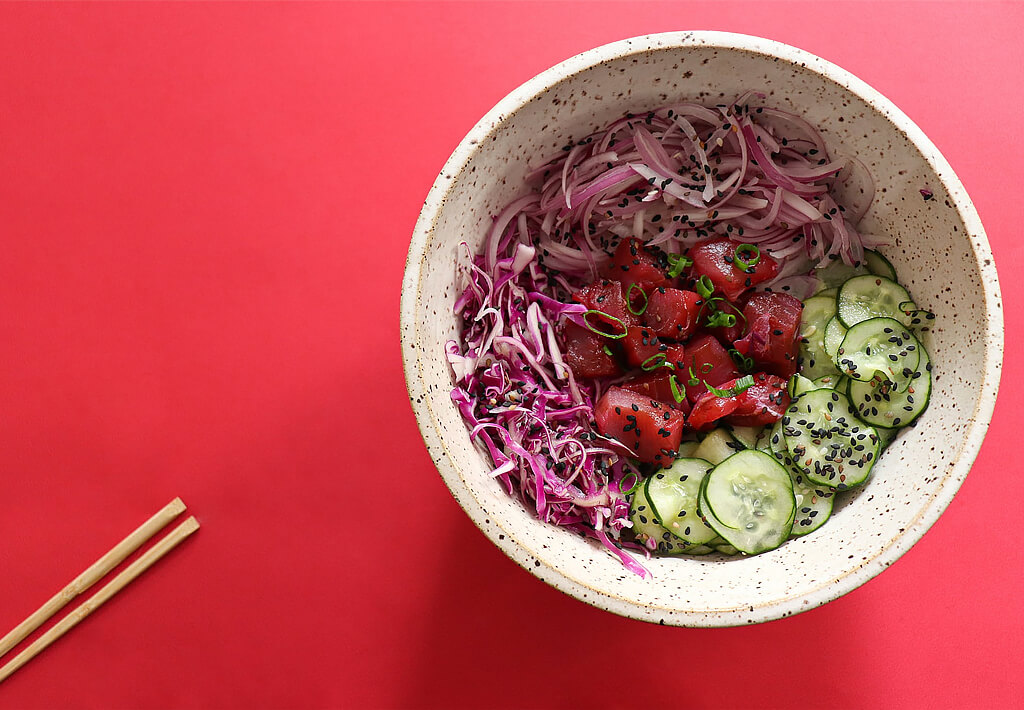
Approximate Daily Menu:
Also, note that the cabbage in our salad is the base. You can add celery, tomatoes, bell peppers, and other vegetables. We do not limit your imagination in any way. So you can create your own unique recipe. You can dress the salad with either vegetable oil or lemon juice. Mayonnaise and other sauces are strictly forbidden. Also, refuse ketchup. In addition, reduce your sugar intake during the diet. Biscuits should also be kept to a minimum. Water, mineral water, and tea are allowed for drinking. You can drink natural juices, competes, and morses.
Red Cabbage Dishes for Weight Loss
There are many ways to cook cabbage. As a rule, it is eaten raw, boiled, or stewed. In fact, here are some interesting recipes.
Video: Red cabbage for weight loss
Harms and Contraindications
Despite its many health benefits, red cabbage, like any food, has a number of contraindications and can even be harmful to the body. It is not recommended to eat red cabbage in the following cases:
- gastric or duodenal ulcer;
- intolerance to the product;
- Exacerbation of any gastrointestinal diseases;
- any abnormalities in the functioning of the thyroid gland.
- The high levels of magnesium, sulphur, iron and potassium in cabbage can lead to abdominal bloating and flatulence. These ingredients can also cause cramping of the intestinal walls.
- Frequent consumption of red cabbage can lead to a noticeable increase in blood pressure, which is why hypertensive people should be very careful with this product.
- It is strictly forbidden to eat red cabbage, or any cabbage for pancreatitis.
Red Cabbage: Selection and Storage Rules
The basic selection tips are similar to those given for the white cabbage relative, namely:
- The leaves and fruit are free from dirt, plaque and signs of mechanical damage;
- Uniform colour of the head over the entire area;
- Dense and tight fetal structure;
- The cabbage is fully formed.
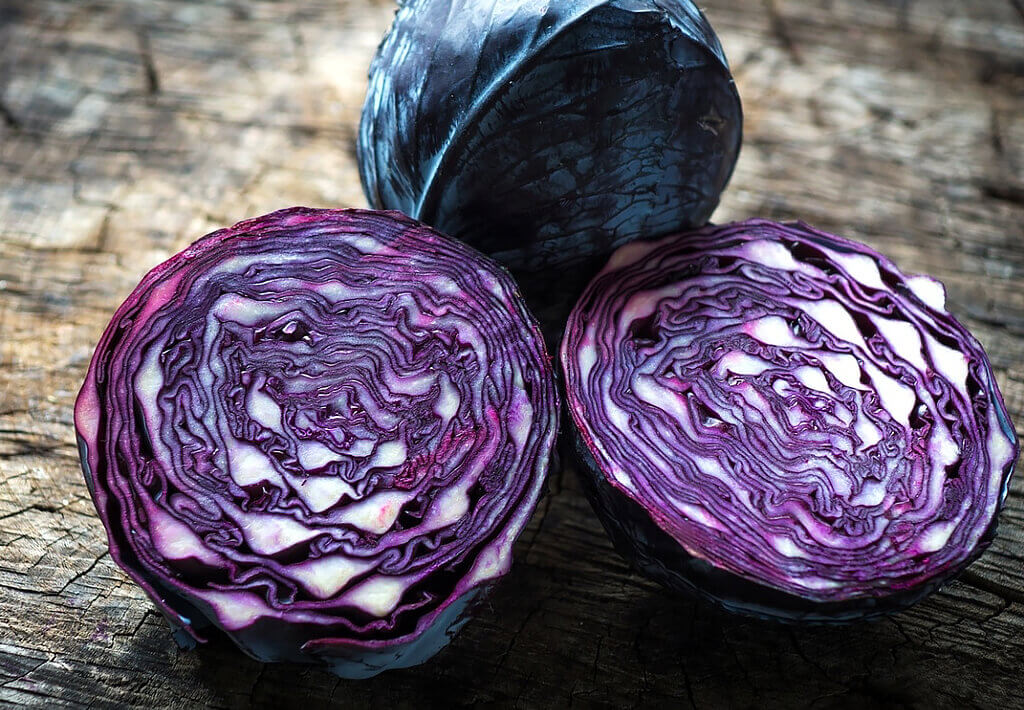
Basic Conditions for Proper Storage:
- The humidity level is 95-100%;
- The air temperature is between 0 and +1.5 degrees Celsius;
- Late cabbage has the longest shelf life.
10 Interesting Facts About Red Cabbage
- Since ancient times, red cabbage juice has been used in folk medicine as a cure for colds and coughs, thanks to its ability to dilute phlegm;
- In addition, the juice of this vegetable also helps with liver and gallbladder cleaning;
- The juice is also known to help in the prevention of various types of cancer;
- Another property is the juice’s ability to normalise blood circulation in the body, which is particularly reflected in the colour and texture of the skin;
- Using the juice as a mouthwash helps to strengthen tooth enamel;
- And the most obvious characteristic of this juice is its colour, which makes it a natural and harmless food colouring for the preparation of various dishes.
- Red cabbage is an extremely healthy dietary staple, containing twice as much fibre and four times as much carotene as white cabbage, but with less calories;
- The colour of red cabbage depends on the acidity of the soil (pH) and, depending on the pH, the colour of the leaves and the cabbage can vary from red to purple or even greenish-yellow;
- To ensure that the colour of the vegetable does not change when cooking it, simply add vinegar or lemon juice to the dish;
- Red cabbage juice can be used in hair and skin care products.
Conclusion
In conclusion, red cabbage is a nutritional powerhouse that can provide numerous health benefits. It is packed with vitamins, minerals, and antioxidants that can help to reduce inflammation, boost immunity, improve digestion, and prevent chronic diseases like cancer, diabetes, and heart disease.
As with any food, it is important to consume red cabbage in moderation and as part of a balanced diet. Consulting with a healthcare professional or registered dietitian can also help to ensure that you are meeting your individual nutrient needs.
Thank you for reading this article on the health benefits of red cabbage. We hope that you found it informative and helpful in making informed decisions about your diet and lifestyle. If you have any questions or comments, please feel free to reach out to us.
FAQ
The cabbage itself is edible, but it is important to remember not to eat the leaves and the core, as they tend to accumulate harmful substances.
Red cabbage is not recommended for people with gastrointestinal problems due to the presence of fibre, which is difficult to digest.
Red cabbage is clearly ahead of its white sister in terms of content and amount of nutrients.
There is a difference, thanks to the content of a substance called anthocyanins in red cabbage, it tastes much brighter and somewhat spicier.
Yes, red cabbage contains a type of carbohydrate that can cause gas and bloating in some people. To minimize this effect, it is recommended to cook the cabbage thoroughly and consume it in moderation.
Yes, red cabbage contains powerful antioxidants that can help to prevent oxidative damage to cells and DNA, which is a key factor in the development of cancer.
Red cabbage should be stored in the refrigerator in a plastic bag or airtight container. It can last for up to 2 weeks when stored properly.
Yes, red cabbage can be eaten raw in salads, sandwiches, or as a snack. However, cooking can help to make the cabbage easier to digest and may enhance its nutrient content.
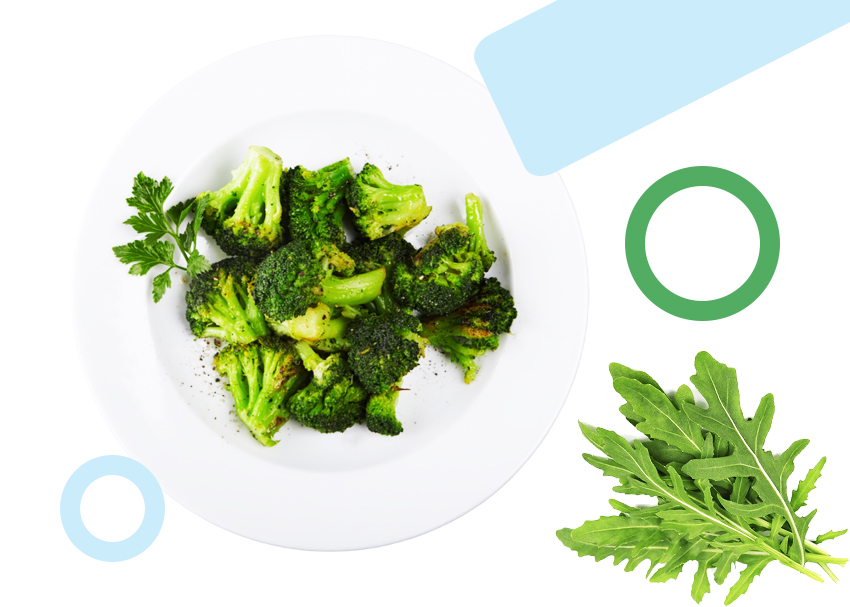

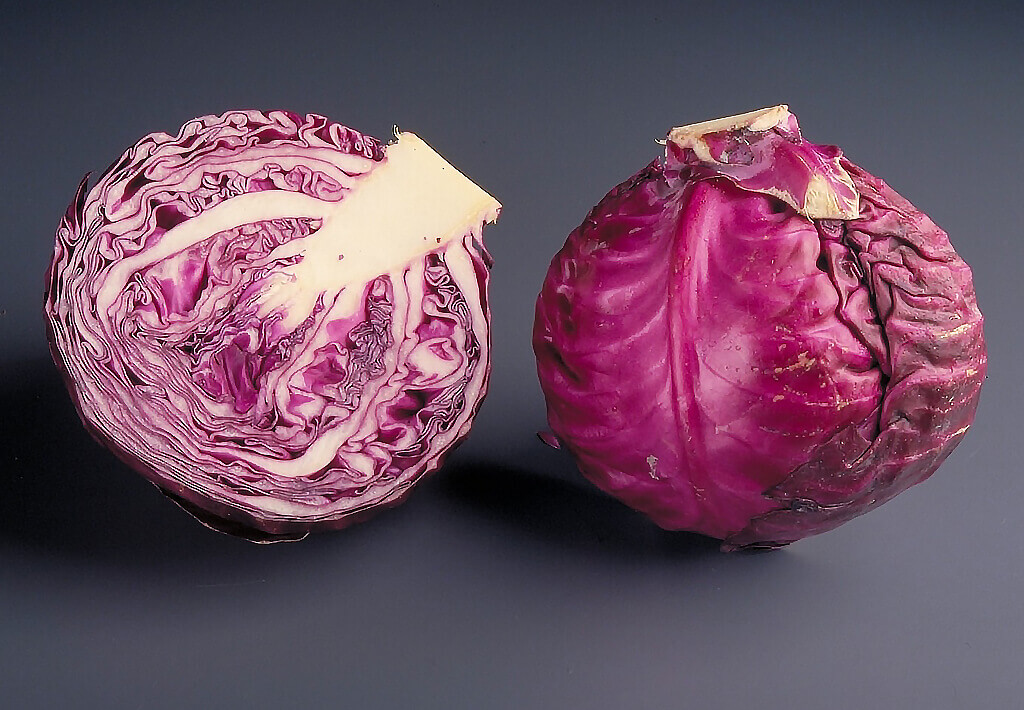











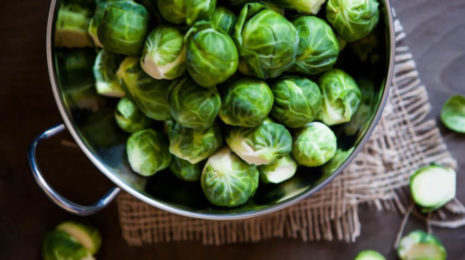
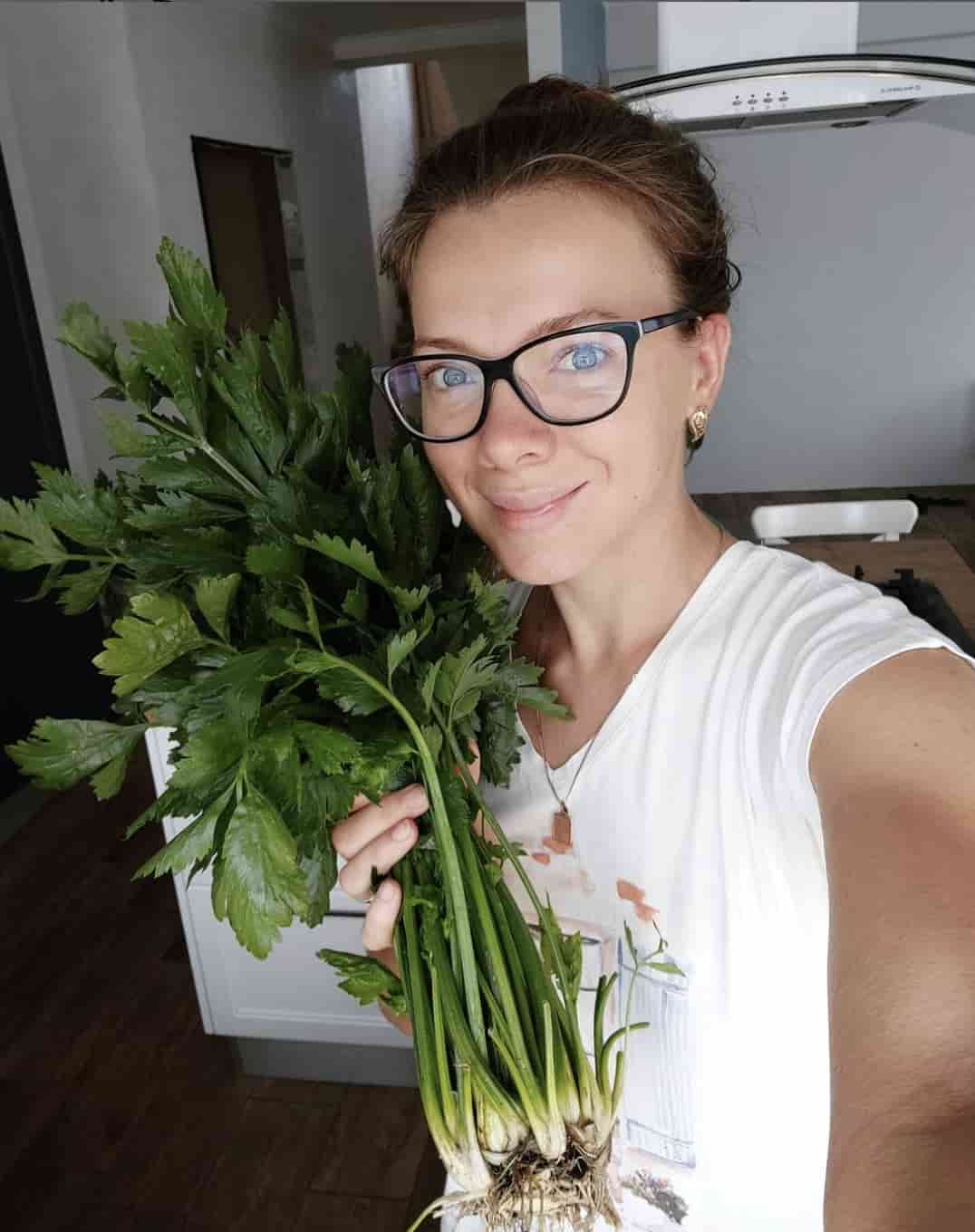
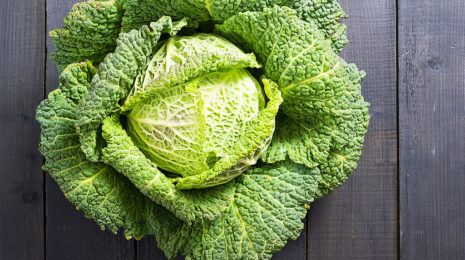
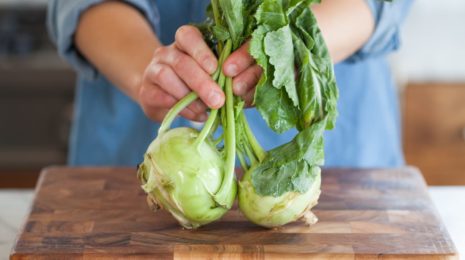
Excellent article. For me the following article is very important because it teaches us the different benefits that red cabbage offers us, including this one that is rich in various nutrients and vitamins which strengthens the immune system, reduces the likelihood of cancer and promotes weight loss which I like, this article is complete I like the content since it is important to know the benefits for our health. I recommend reading this article.
Red cabbage is one of my favorite veggies. It’s good for different salads, soups and stews. It contains a lot of nutrients, vitamins and minerals, the same the article says. Of course, there is one nuance – this vegetable colors other ingredients of your dish and sometimes even the dish itself 🙂 But this obstacle does not deflate great benefits of red cabbage.
Red cabbage is a food with little caloric intake, so it is recommended in diets aimed at reducing weight and fighting obesity, it is rich in vitamin C, which reduces the oxidation of cells, contains folates, which contribute to the creation of blood cells, it is a food that prevents the appearance of cancer, protects the cardiovascular system and reduces blood pressure, it is rich in potassium, beneficial for the proper functioning of the nervous system.Red cabbage is a food with little caloric intake, so it is recommended in diets aimed at reducing weight and fighting obesity, it is rich in vitamin C, which reduces the oxidation of cells, contains folates, which contribute to the creation of blood cells, it is a food that prevents the appearance of cancer, protects the cardiovascular system and reduces blood pressure, it is rich in potassium, beneficial for the proper functioning of the nervous system.
Red cabbage is not a versatile vegetable, but it has a special place in our healthy diet. We usually consume it in winter as it contains vitamin C, iron and iodine than getting used to us white cabbage. For those looking to shed those extra pounds, red cabbage can be an important part of a low-calorie diet. it contains a lot of fiber that removes cholesterol from the body, it is recommended as a source of dietary fiber for various diseases of the gastrointestinal tract.
There are contraindications: Sometimes excess consumption of fibrous vegetables provokes bloating and increased gas production.
This is very important and useful article. Thanks to this article, you can learn a lot about the benefits of red cabbage. The article contains all the benefits of red cabbage. I advise everyone to read this article as everything is briefly and clearly explained here. Red cabbage is very beneficial for the immune system. I really liked the article. Thank you very much.
This is a very important and useful article. Thanks to this article, you can learn a lot about the benefits of red cabbage. The article contains all the benefits of red cabbage. I advise everyone to read this article, as everything is briefly and clearly explained here. Red cabbage is very good for the immune system. I liked the article very much. Thank you very much.
Some scientists argue that red cabbage is a very healthy product for humans. It is one of the healthiest vegetables for slowing down the aging process. It is able to fight cancer, improve the condition of the skin and eyes, promote weight loss, strengthen immunity and bone tissue, cleanse the body of toxins. And in addition to all this, they believe that red cabbage is useful for preventing diabetes, improving the condition of the heart and blood vessels, slowing the development of Alzheimer’s disease, and also for treating ulcers. By the way, low-calorie red cabbage is a very good vegetable for weight loss. This type of cabbage is a good source of vitamins, it contains calcium, manganese, magnesium, iron, potassium.
Red cabbage is included in the white cabbage variety. Cabbage has bluish-purple leaves, a specific color that is already visible in seedlings. Thanks to a special substance, Antonin, it has such a color. Red cabbage stands out for its late maturity and also does not have early maturing varieties. The growth and maturation time lasts 160 days. Dense swings, mostly oval or round, less often — conical, weighing 1.0-3.2 kg. It is a cold-hardy culture. The most optimal temperature for the development and growth of cabbage is 15-17 C.
This vegetable is a delicious and striking food for its colorful color, and it is also a great ally of health. I particularly liked this content as I can learn more about the benefits and effects of one of my favorite nutrients, as shown in the information, its taste is not similar to white cabbage but in terms of benefits, they give almost the same result . . ! Excellent information.
Thanks for the article. I’ve learnt a lot of useful information about this product. My grandmother grows red cabbage.
I can’t eat raw red cabbage, because it is very tough and hard to digest. I prefer stewed red cabbage with other vegetables – tomatoes, onions. And another very interesting dish is cabbage steak. It is very delicious and easy to make. It is popular among vegans.
Of all types of cabbage, I eat most often red-pumped. Compared with white cabbage, it has a double norm of vitamin C, and carotene contains 4 times more.It is famous for its advantages and remarkable qualities, the content of a large number of various nutritional components. The benefits of a red-cabbage vegetable are undeniable. It is enough to note that there is more vitamin C in it than in citrus fruits. The product is successfully used in the prevention of cancer.I found information that purple cabbage varieties are better tolerated by the intestines, free the body from toxins and cholesterol. This type of cabbage does not accumulate nitrates.Red cabbage is eaten for liver problems, dysbiosis, anemia.
I only eat red cabbage. I like it to taste more than other types. As indicated in the article, red cabbage has a large set of vitamins and is more useful than white cabbage. I make salads from it, stew with other vegetables and meat. But of course it is most useful in its raw form. Be sure to eat this cabbage in the morning for breakfast, I feel energy all day and there are no digestive problems.
Try some sweet and sour red cabbage recipes on you tube. I throw in a peel of orange towards the end gives it a fresh taste and aroma.
Which has more nutritional value: green cabbage, or purple cabbage? Share your opinion
I haven’t compared the nutritional content, but I’ve heard that consuming purple fruits and veggies lengthens life. Purple cabbages offer color and beauty to salads, enticing consumers to try them.
Indeed, purple cabbage is rich in antioxidants and other useful plant substances that guard against cellular harm. and it is more plentiful than the green variety.